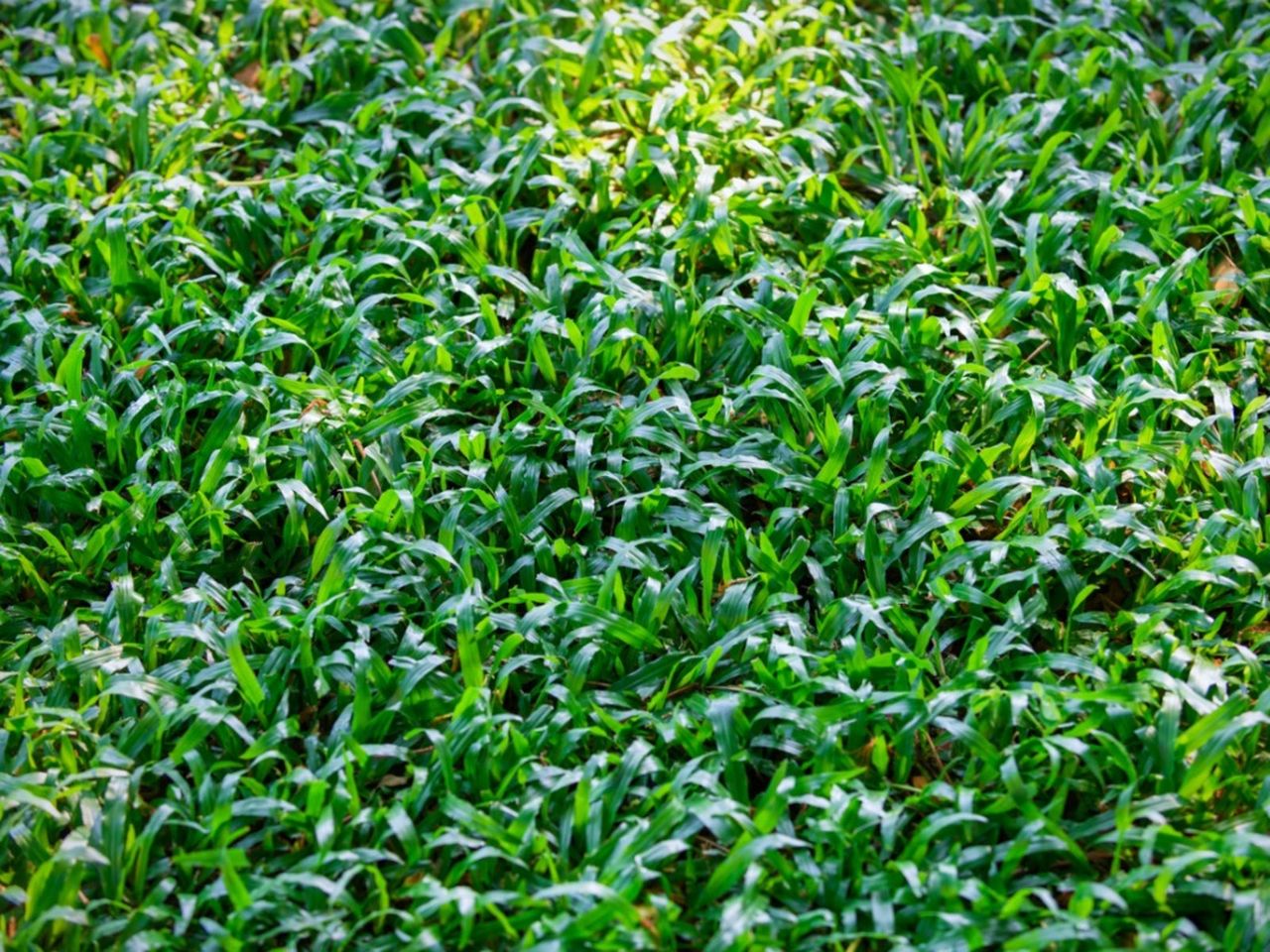Carpetgrass Uses: Information On Carpetgrass In Lawn Areas


Native to the Gulf States and naturalized throughout the southeast, carpetgrass is a warm season grass that spreads by means of creeping stolons. It doesn't produce a high-quality lawn, but it is useful as a turf grass because it thrives in difficult areas where other grasses fail. Read on to find out if carpetgrass is right for your trouble spots.
Information on Carpetgrass
The disadvantage of using carpetgrass in lawns is its appearance. It has a pale green or yellowish green color and a sparser growth habit than most turf grasses. It is one of the first grasses to turn brown when temperatures cool and the last to green up in spring. Carpetgrass sends up seed stalks that quickly grow to a height of about a foot (31 cm.) and bear unattractive seed heads that give the lawn a weedy appearance. To prevent seed heads, mow carpetgrass every five days to a height of 1 to 2 inches (2.5-5 cm.). If allowed to grow, the seed stalks are tough and hard to mow down. Despite the disadvantages, there are some situations where carpetgrass excels. Carpetgrass uses include plantings in boggy or shady areas where more desirable grass species won't grow. It is also good for erosion control in difficult sites. Since it thrives in soils with low fertility, it is a good choice for areas that aren't regularly maintained. The two types of carpetgrass are broadleaf carpetgrass (Axonopus compressus) and narrowleaf carpetgrass (A. affinis). Narrowleaf carpetgrass is the type most often used in lawns and the seeds are readily available.
Carpetgrass Planting
Plant carpetgrass seeds after the last spring frost. Prepare the soil so that it is loose but firm and smooth. For most soils, you'll need to till and then drag or roll to firm and smooth the surface. Sow the seeds at the rate of 2 pounds per 1,000 square feet (1 kg. per 93 sq. m.). Rake lightly after sowing to help cover the seeds. Keep the soil constantly moist for the first two weeks, and water weekly for an additional six to eight weeks. Ten weeks after planting, the seedlings should be established and beginning to spread. At this point, water at the first signs of drought stress. Carpetgrass will grow in soils without a lot of nitrogen but applying a lawn fertilizer will hasten establishment.
Gardening tips, videos, info and more delivered right to your inbox!
Sign up for the Gardening Know How newsletter today and receive a free download of our DIY eBook "Bring Your Garden Indoors: 13 DIY Projects For Fall And Winter".

Jackie Carroll has written over 500 articles for Gardening Know How on a wide range of topics.
-
 Up Your Amaryllis Game! 6 Of The Best Giant Amaryllis Varieties
Up Your Amaryllis Game! 6 Of The Best Giant Amaryllis VarietiesFor a dramatic holiday flower, consider a giant amaryllis. They're easy to grow and, the bigger the bulb, the more magnificent flowers it will produce.
By Tonya Barnett
-
 5 Winter Houseplant Care Mistakes You’re Probably Making, According To A Horticulturist
5 Winter Houseplant Care Mistakes You’re Probably Making, According To A HorticulturistProtect your plants in the depths of winter with expert advice on avoiding these common pitfalls. Keep plants healthy and vibrant until brighter days arrive.
By Melanie Griffiths